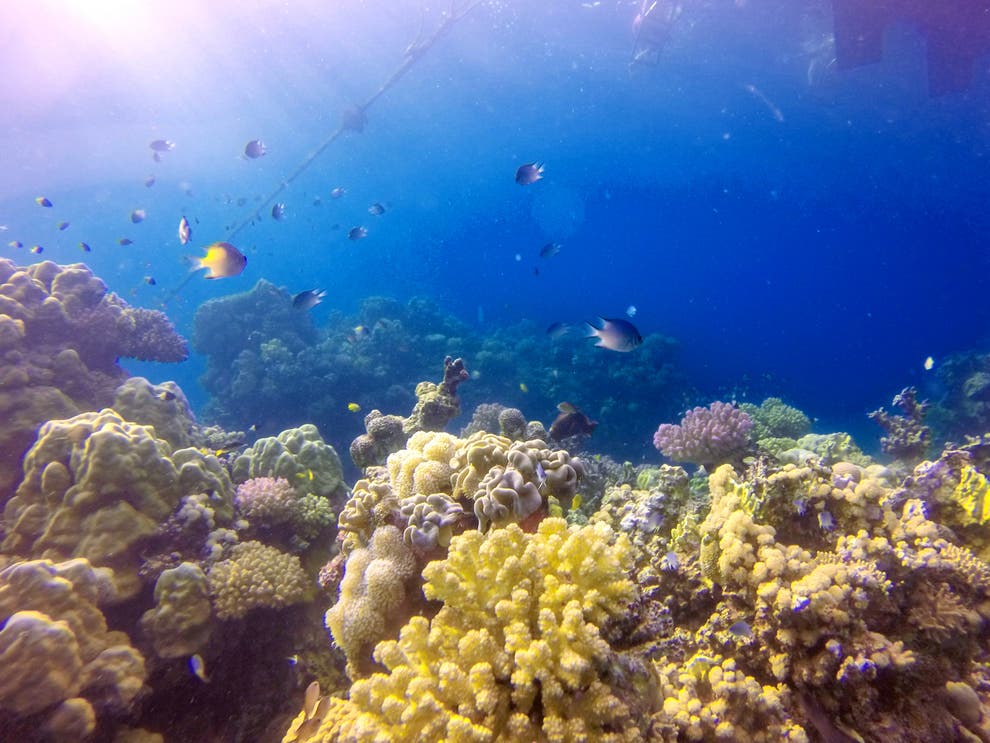The Gulf of Aqaba is home to one of the longest living reefs in the world. Scientists are particularly excited about the heat-resistant properties of the corals that live there
Officials and scientists convened at the Saudi Green Initiative Forum to discuss how to preserve the unique coral reef ecosystems at the northern tip of the Red Sea, a place known as the Gulf of Aqaba.
“The Red Sea is a national treasure for the Kingdom,” said Dr Tony Chan, president of the King Abdullah University of Science and Technology (KAUST). But he warned that the area faces “a perfect storm”, as climate change, erosion, deforestation, pollutants and excessive fishing all affect its delicately balanced ecosystem.
Ray Dalio, founder, chairman and co-chief investment officer of Bridgewater Associates, has been involved in ocean exploration in the region. “The discoveries we have made are transformative,” he said. “We discovered an unusual coral able to live at warmer temperatures that may help with the regermination of coral reefs around the world.”
Sandwiched between the Sinai Peninsula and the Arabian Peninsula, the Gulf of Aqaba is a sheltered area of the Red Sea that’s teeming with marine life.
Like elsewhere around the world, its healthy coral reefs have been credited with supporting the marine ecosystem here.
In 2020, scientists made the startling discovery that some corals in the Red Sea area are resistant to changes in the sea’s temperature.
It’s a hugely significant finding as this means they could withstand the environmental changes that are causing coral bleach events around the world.
Coral bleaching is caused by the algae that live in corals being expelled due to changes in the ocean, such as increases in temperature.
While corals can survive short bleaching events, they will die if the algae doesn’t come back.
Scientists are currently researching ways that this heat resistance could be used to save reefs around the world, and make the Gulf of Aqaba a marine refuge from climate change.
“Saudi Arabia has an incredible opportunity to be a leader in the future of the ocean,” said Paul Holthus, president and CEO of the World Ocean Council.
John Pagano, the CEO of Red Sea Development Company, is spearheading an ambitious project in the Red Sea region – to develop the largest tourism destination in the world powered by renewable energy from day one. “Maintaining the status quo won’t solve the problems we’re now facing,” he said.
Dr Chan highlighted the three most important factors for creating global change in this area: the determination of global leaders to meet their pledges, the establishment of private-public partnerships, and most importantly the participation of youth.
Source: INDEPENDENT




